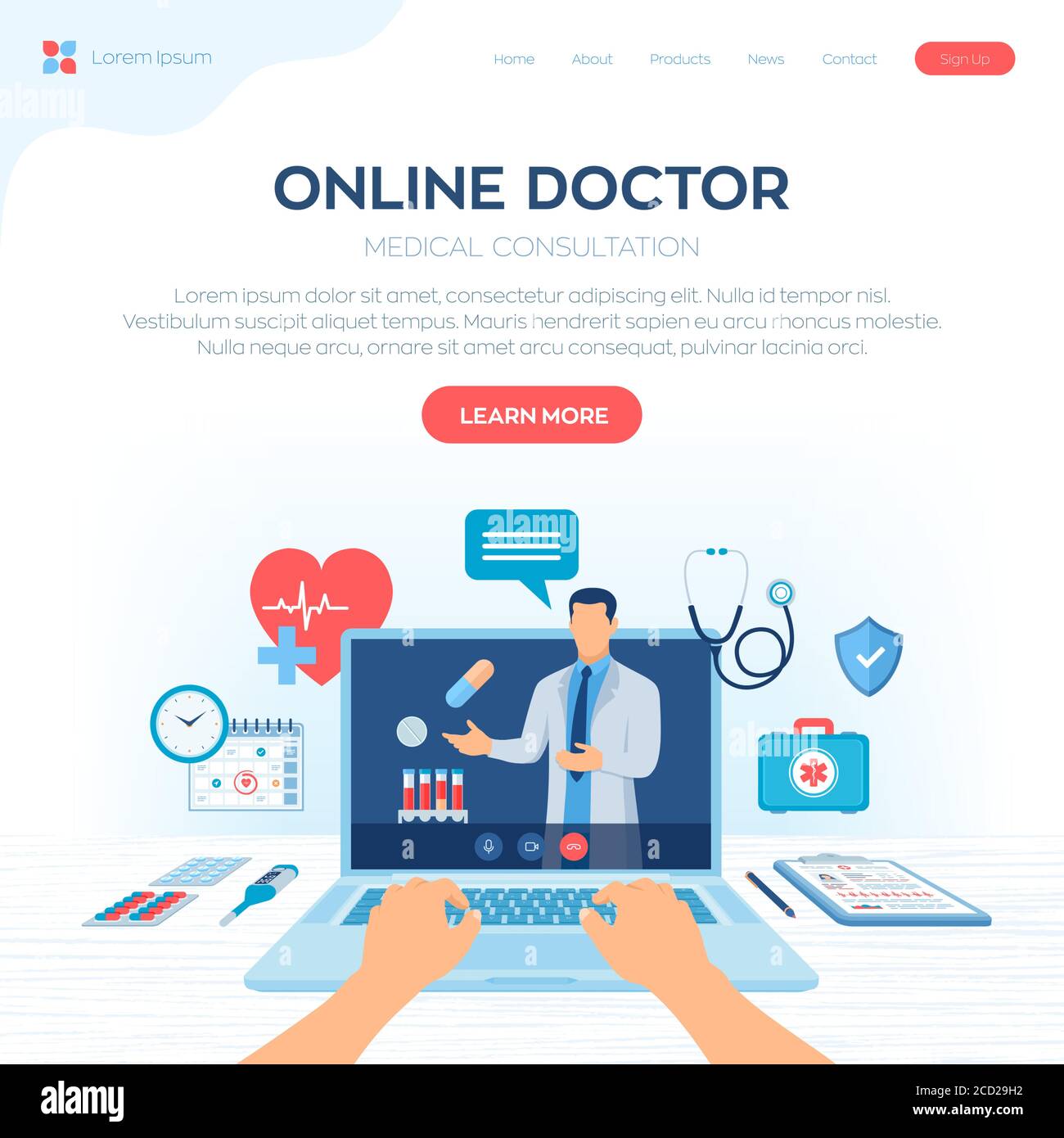Recognizing the Cost-Effectiveness of Subscription-Based Medical Care Models
As the medical care landscape develops, subscription-based designs emerge as an engaging option, promising to redefine exactly how people take care of clinical expenses. Reviewing these designs' cost-effectiveness requires a nuanced contrast with traditional insurance coverage, thinking about both monetary implications and patient fulfillment.
Overview of Subscription-Based Versions
Subscription-based medical care designs, in some cases referred to as straight primary care or attendant medicine, are increasingly getting interest as a potential solution to ineffectiveness within typical medical care systems. These models run on the concept of offering clients straight access to doctor with a monthly or annual charge, bypassing the need for traditional insurance policy devices. This plan intends to simplify patient-provider interactions by minimizing administrative problems, which often impede prompt and personalized care.
At the core of subscription-based designs is the focus on a much more tailored individual experience. People gain from enhanced accessibility to their physicians, usually consisting of next-day or same-day appointments, expanded assessment times, and direct interaction networks such as phone or video calls. This version fosters a positive strategy to healthcare, where carriers and people can collaboratively concentrate on preventative care and chronic condition monitoring.

Price Comparison With Traditional Insurance Policy

One of the key economic benefits of membership models is transparency in prices. On the other hand, typical insurance policy might be more helpful for people needing specialized treatment or pricey therapies not covered under a membership version, as they benefit from the wider insurance coverage network and cost-sharing systems.
However, cost-effectiveness is context-dependent. While subscription designs may use savings for those mainly requiring health care, people with persistent conditions or specialized medical care demands could discover traditional insurance policy a lot more detailed. Examining particular healthcare requirements and possible use is vital in identifying the most economical choice for people.
Influence on Patient Complete Satisfaction
Client fulfillment within subscription-based health care designs typically shows a significant improvement over traditional insurance systems. Unlike typical systems, where people may experience delays in getting care, subscription-based designs make sure more straight and prompt communications with health care service providers.
Additionally, the openness in costs related to subscription-based health care relieves the typical frustrations connected to unexpected costs and complicated payment procedures seen in standard insurance coverage (subscription based healthcare). People value understanding the precise monetary commitment upfront, resulting in enhanced trust fund and confidence in their healthcare administration
Furthermore, the emphasis on preventive care and wellness in membership designs adds to enhanced health end results, additionally improving patient complete satisfaction. By focusing on recurring health care instead than anecdotal care, patients experience an even more constant and all natural health care trip.
Furthermore, the boosted provider-patient connection fostered in these designs, identified by more time invested per individual and individualized interest, plays an important role in elevating individual contentment levels, as individuals really feel really looked why not check here after and understood.
Service Provider Experiences and point of views
From the company's perspective, subscription-based medical care models use a transformative method to providing medical solutions. These versions highlight a aggressive and preventative health care method, permitting companies to concentrate on comprehensive client treatment without the restrictions of typical fee-for-service arrangements (subscription based healthcare). This shift in focus commonly leads to boosted patient end results and enhanced service provider complete satisfaction, as healthcare specialists can allocate even more time and sources to person involvement and customized care strategies
Additionally, registration designs facilitate predictable revenue streams, which boost economic security for doctor. This predictability permits for boosted source planning and allocation, adding to a more reliable healthcare distribution system. Suppliers can purchase personnel training, framework, and innovation enhancements, thereby enhancing the high quality of care used.
However, the transition to subscription-based designs is not without challenges. Regardless of these difficulties, several carriers discover that the benefits of raised patient communication and streamlined procedures exceed the first obstacles, making subscription-based versions an eye-catching alternative.
Future Leads and Obstacles

A primary difficulty is governing conformity, as registration designs must stick to evolving healthcare policies and insurance policy requirements. This requires constant adaptation and innovation to make certain positioning with legal requirements. Additionally, incorporating these models into existing health care frameworks can be complex, calling for substantial financial investments in modern technology and training.
There is also the potential danger of developing injustices in medical care access, as membership designs could favor those that can afford them, leaving at risk populations underserved. Resolving this needs thoughtful consideration of rates approaches and aid devices to guarantee inclusivity.
Final Thought
Subscription-based healthcare versions offer a sensible option to typical insurance policy by supplying monetary predictability and transparency, particularly profiting individuals with persistent conditions or constant medical care needs. The cost-effectiveness of these designs rests upon specific healthcare usage patterns and scenarios. While they might boost patient complete satisfaction and simplify budgeting, difficulties continue to be in resolving specialized treatment demands. Future factors to consider include stabilizing detailed protection with price and integrating these versions within the broader health care system for ideal outcomes.
Subscription-based health care models, sometimes referred to as straight key care or concierge medicine, are increasingly getting focus as a prospective solution to inadequacies within standard healthcare systems. Unlike typical systems, where clients might experience delays in getting treatment, subscription-based look these up designs guarantee more direct and timely communications with health care companies.
These versions highlight a preventative and aggressive healthcare approach, allowing suppliers to focus on extensive patient care without the restrictions of typical fee-for-service setups. As these designs continue to obtain traction, they provide see this site the potential to reinvent patient access to care, enhance solution distribution, and maximize healthcare investing.Subscription-based healthcare versions provide a viable option to typical insurance coverage by offering monetary predictability and transparency, specifically profiting people with chronic conditions or frequent healthcare needs.